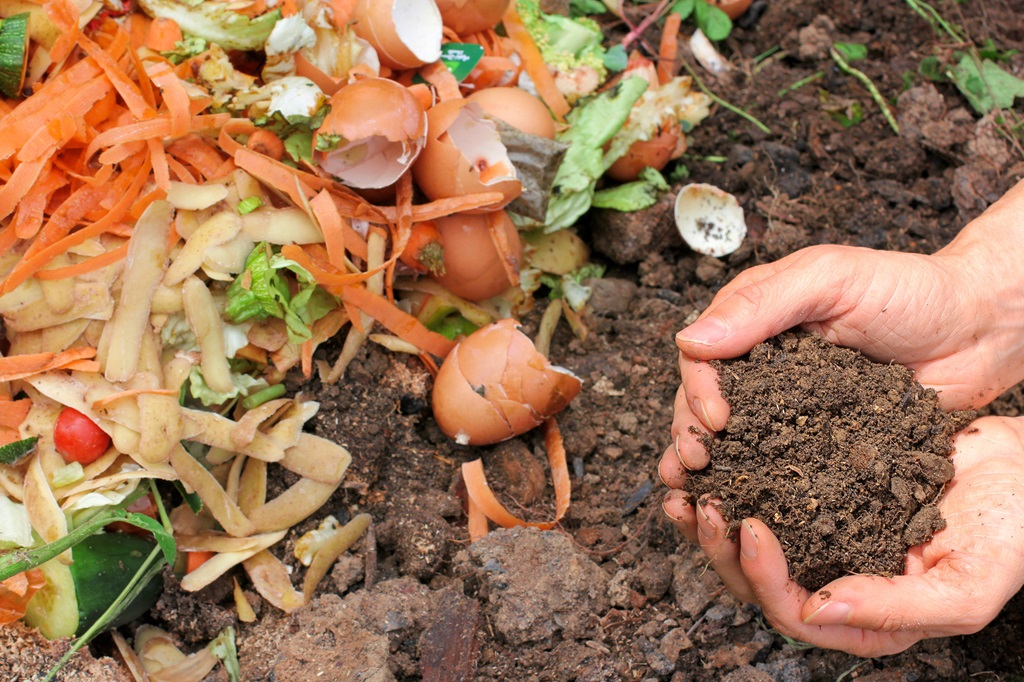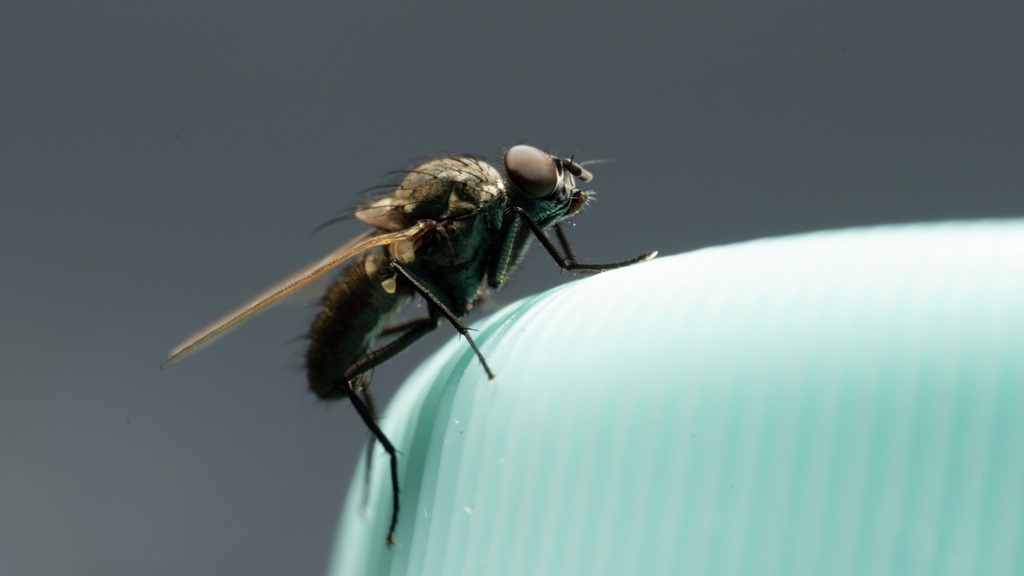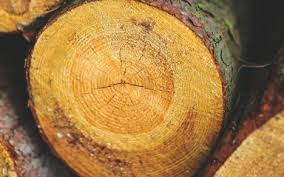Flying bugs in the house can be incredibly annoying and, for many of us, a real problem we want to fix as soon as possible. These bugs range from gnats and fruit flies to bigger critters like house flies or even tiny moths. With a few simple changes and a bit of DIY, though, you can say goodbye to those pesky bugs. Here’s everything you need to know about how to get rid of flying bugs in your house, along with some unique tips to make sure they stay out for good.
-
Identify Your Flying Intruders
Before reaching for a solution, it’s essential to understand which bugs are causing the trouble. Different types of bugs have different attractions and behaviors. Common indoor flying bugs include:
- Fruit Flies: These tiny flies usually show up around ripe fruits, trash cans, and open drains.
- House Flies: Bigger and more common, these flies can be found anywhere in the home, particularly around food and garbage.
- Gnats: Often found in damp areas, gnats thrive in houseplant soil, drains, and other humid places.
- Drain Flies: Smaller and fuzzier than other flies, these bugs are generally found near drains and sewage sources.
By identifying which type of bug is causing your trouble, you can use a more targeted approach to get rid of them.
-
Remove What Attracts the Bugs
Flying bugs are primarily drawn to food, moisture, and warmth. Here are some effective ways to minimize these attractants:
Declutter and Clean Up
Cleaning up any food scraps or waste lying around can immediately reduce the bugs’ attraction to your home. Keep your counters, sinks, and floors free of crumbs and spills, especially sugary ones. Regular cleaning is essential for reducing fly populations indoors, so make sure to maintain a clean kitchen and wipe down any surfaces with soap and water.
Seal Food Properly
Food stored openly is a big magnet for bugs, especially fruit flies and house flies. Use airtight containers for any food items you need to store outside the fridge. Consider keeping ripe fruit in the fridge as well.
Keep Plants Bug-Free
Some plants can attract bugs, especially if the soil is overly damp. Avoid overwatering indoor plants, as moist soil attracts gnats and other flying bugs. Use a well-draining potting mix and, if possible, avoid leaving standing water in saucers under plant pots. Explore Hatchettgardendesign blog for great tips on how to create a bug-free indoor plant environment.
-
Use DIY Bug Traps
Once you’ve reduced the sources that attract bugs, it’s time to catch the ones already inside. Fortunately, you can make several highly effective traps with ingredients you probably already have at home.
Apple Cider Vinegar and Soap Trap
This tried-and-true method works wonders for fruit flies. Pour some apple cider vinegar into a bowl, add a few drops of dish soap, and place the bowl where you see the flies. The vinegar’s smell attracts the bugs, and the soap reduces the surface tension, causing them to sink.
Red Wine Trap
Flies and gnats are attracted to the sweet smell of wine. Leave out a small glass of red wine with a bit of dish soap. Just like the vinegar trap, the wine will lure them in, and the soap will trap them.
DIY Paper Cone and Fruit Trap
Take a jar with a piece of ripe fruit inside, then shape a piece of paper into a cone and place it in the jar, tip down. The bugs will go in through the cone to reach the fruit, but they won’t be able to find their way out.
These traps are excellent at catching multiple bugs at once, and you’ll notice the difference quickly.
-
Fix Leaks and Control Humidity
Many flying bugs love damp environments, which means that fixing leaks and controlling the humidity in your home can drastically reduce their numbers. Bugs like gnats and drain flies love areas with high moisture, so follow these tips to make your space less attractive to them:
- Repair Leaks: Check your sinks, bathtubs, and under-sink plumbing for any leaks. Fixing leaks promptly helps to eliminate bug breeding grounds.
- Use a Dehumidifier: In areas like basements or bathrooms where dampness is common, a dehumidifier can help to keep the air dry, making it less appealing to bugs.
- Check Your Drains: Clean your drains regularly, as they can be a hotspot for drain flies. You can pour a mixture of baking soda and vinegar down your drain, followed by boiling water, to get rid of any organic buildup that attracts these bugs.
-
Natural Repellents: Simple, Safe, and Effective
Using natural repellents not only helps to keep bugs away but also ensures that your home remains a safe environment for everyone.
Essential Oils
Certain essential oils, like peppermint, eucalyptus, and citronella, work wonders at repelling bugs. Mix a few drops of these oils with water in a spray bottle, and spritz around windows, doorways, and other entry points.
Lemon and Cloves
This is an easy and effective way to repel house flies. Simply stick cloves into a few lemon halves and place them around the house. The combination of the lemon scent with cloves drives away flies effectively.
Basil Plants
If you’re a plant lover, basil is a great indoor plant choice. It’s a natural fly repellent and keeping it in your kitchen can help to keep bugs at bay.
Related: How to clean external drains
-
Regular Trash Disposal and Composting Practices

Your trash can is often a beacon for flies. Make sure to empty your trash regularly and keep your trash cans clean by washing them out weekly. You can also try to store compost materials outdoors to keep any bug attraction at a minimum. Remember, even tiny food particles left in trash bags can be enticing to flies and other bugs.
-
Seal Entry Points to Prevent Bugs from Coming In
Sometimes, bugs are simply sneaking into your house through cracks and gaps around doors and windows. Inspect your home’s exterior and make sure there are no entry points where bugs can come in.
Screens and Doors
Adding mesh screens to windows or doors that are often left open can be a great solution. Make sure that any existing screens don’t have holes, and consider installing weather stripping around doors to keep flies out.
Seal Cracks and Gaps
Bugs can enter through tiny cracks in walls, doors, or windows. Use caulk to seal any gaps you notice. This step can go a long way in preventing bugs from entering your home in the first place.
-
Clean Out Your Houseplants
For plant lovers, dealing with flying bugs around indoor greenery can be frustrating. These bugs, particularly gnats, are often drawn to the damp soil in plant pots.
One way to deal with this is to let the soil dry out a bit between waterings, as this makes it less hospitable for bugs. How to get rid of flies in plants indoors includes using small stones or sand on top of the soil to deter bugs, as they find it harder to lay eggs in these conditions. Alternatively, you can mix a bit of hydrogen peroxide with water and pour it over the soil to kill any larvae.
-
Keep Air Flowing
Flies dislike moving air, so keeping fans on in rooms where you see bugs can make your home less comfortable for them. This simple trick can prevent them from settling on surfaces and reproducing, especially in kitchens or living areas where they tend to gather.
Related: How to clean external drains
-
Try Ultrasonic Bug Repellent Devices
If you want a tech-savvy solution, try ultrasonic bug repellents. These plug-in devices emit a high-frequency sound that’s irritating to bugs but inaudible to humans. They’re available in most hardware or online stores, and many people find them effective in reducing the number of bugs in their homes.
Wrapping Up
Getting rid of flying bugs in your house isn’t just about quick fixes but creating an environment that’s naturally less attractive to them. By understanding what attracts these pests, addressing those factors, and using effective DIY methods, you can keep your home free from bugs in a lasting way. From essential oils to a simple red wine trap, these solutions combine to help you enjoy a bug-free, comfortable living space.
By following these steps, you’ll be well on your way to ridding your home of flying bugs for good.




